What is a LED Stroboscope?
A stroboscope, also known as a strobe, is capable of emitting brief and rapid flashes of light to make rotating, reciprocating, oscillating or vibrating objects appear stationary for inspection and measurement. LED stroboscopes use an array of light-emitting diodes (LED), instead of conventional Xenon flash tubes.
LEDs are compact, less fragile, use less energy and last longer than conventional flash tubes. These characteristics make LED stroboscopes durable, drift free and long-lasting inspection tools.
When a stroboscope emits flashes at the same rate as the speed of a moving object the object appears stationary and is synchronized. By using strobes, sheaves, belts, bearings and couplings can be inspected for wobble, leaks and wear without shutting down the operation, printers can check registration without shutting down the press. Speed is also measured by synchronizing the flash rate to the object.
There are advanced LED stroboscope features that can be incorporated. These include adjustable flash duration, external triggering and phase shift.
Adjustable Flash Duration
For high speed applications, objects may move during the brief period of a single flash, resulting in a blurred image. By decreasing flash duration, objects have less time to move and the image appears sharper though less bright.

Phase Shift
Phase shift allows the user to visually change a reference mark on a rotating object to a different viewing position while the image is still synchronized. This is useful when the reference mark is hidden or obstructed.
External phase shift enables a fixed delay in rotational degrees. The stroboscope flash is delayed from the external trigger signal and is used to view an instance of operation that is different from the trigger signal.

External Trigger
A ferrous target on the rotating object and pick up sensor wired to the stroboscope will trigger and synchronize the stroboscope. The strobe then continuously registers the speed of the rotating object.
For high speed applications, objects may move during the brief period of a single flash, resulting in a blurred image. By decreasing flash duration, objects have less time to move and the image appears sharper though less bright.

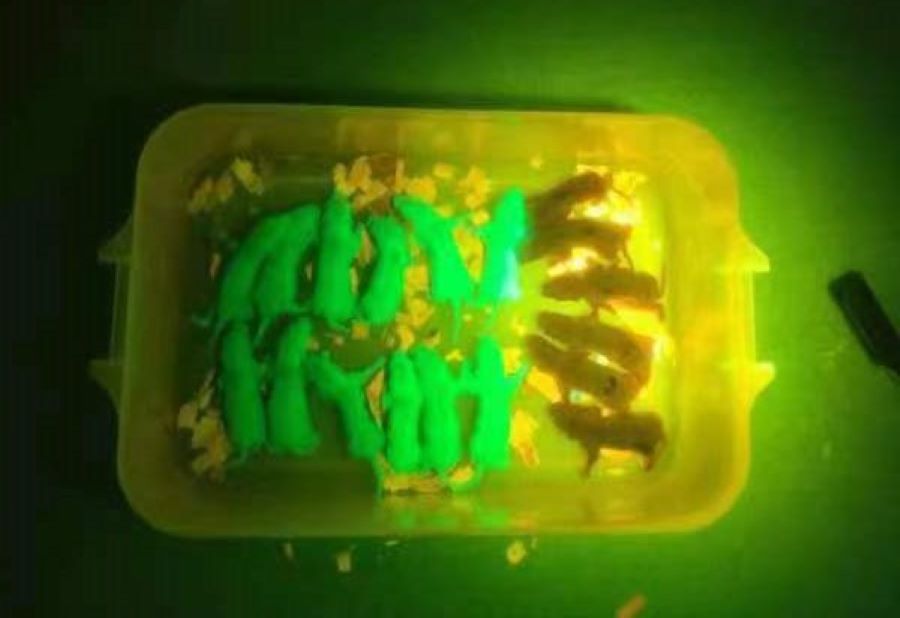
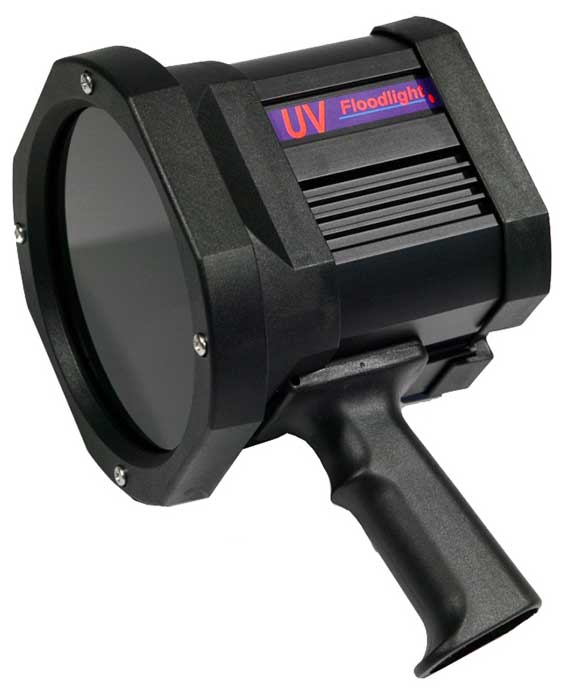

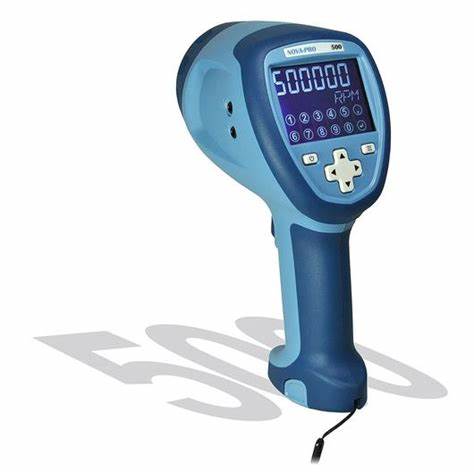
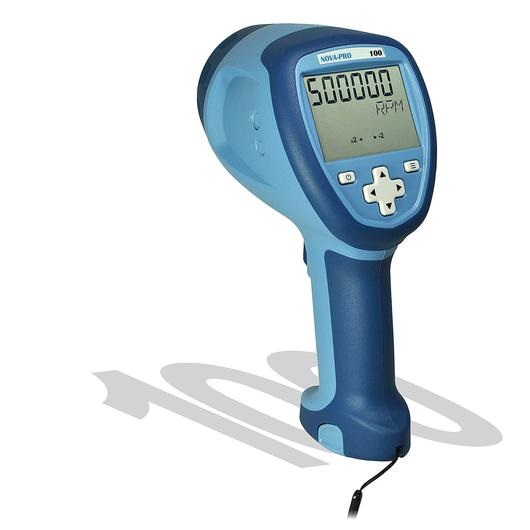
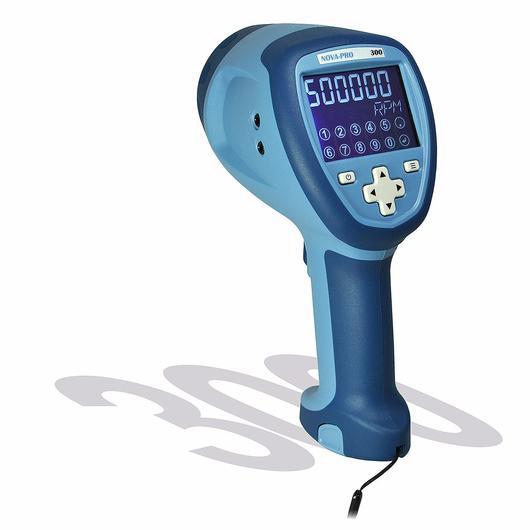
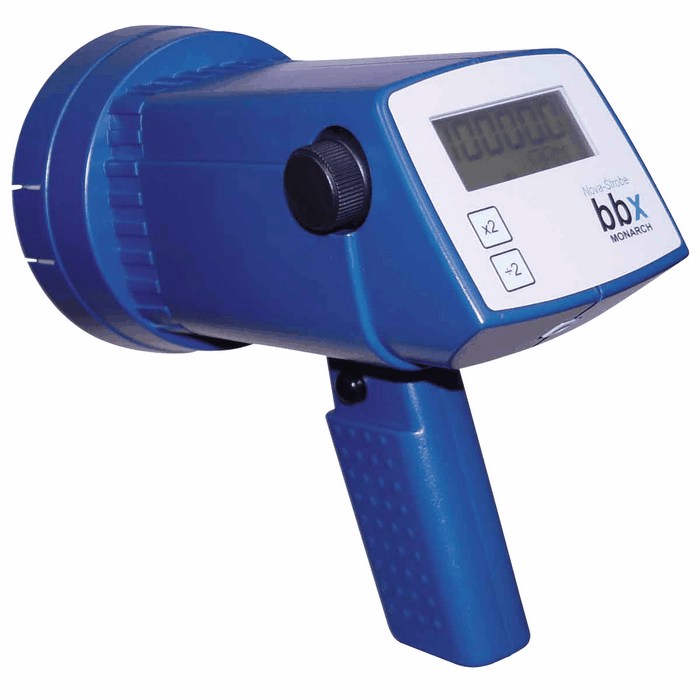
 添加微信咨詢!
添加微信咨詢!